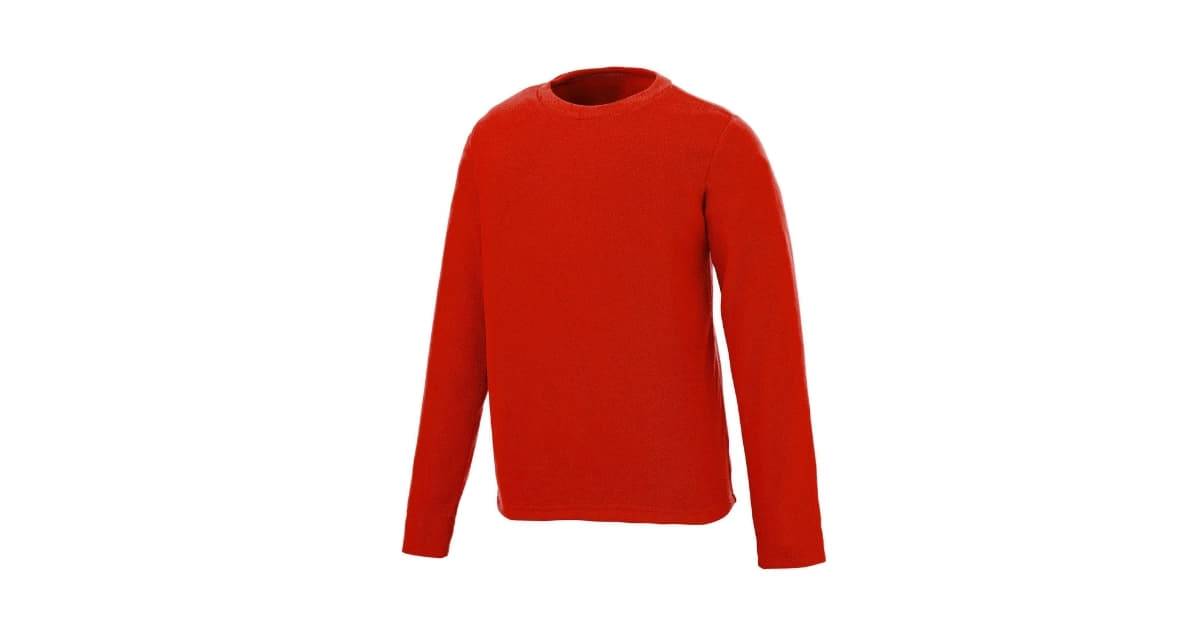In the realm of fashion photography, the “Hollow Man Effect,” often interchangeably referred to as the Ghost Mannequin Effect, has become a transformative technique that elevates visual storytelling. This method, employed in showcasing apparel, ingeniously removes the mannequin or model, creating an illusion of an invisible figure and allowing the garment to shine in all its glory. Let’s explore the nuances of the Hollow Man Effect, from its origins to real-world applications, as it continues to redefine the landscape of fashion imagery.
Understanding the Hollow Man Effect
The Hollow Man Effect is a sophisticated photography technique utilized primarily in the apparel industry. By combining front and back images of a garment worn by a mannequin, photographers create the illusion of an invisible figure, emphasizing the clothing’s design, fit, and intricate details. This method provides a unique perspective that allows viewers to focus solely on the garment itself.
Origins of the Technique
The roots of the Hollow Man Effect lie in the evolution of fashion photography and the need for presenting clothing in a way that transcends traditional methods. As fashion communication evolved, photographers sought innovative ways to showcase garments, leading to the development of this technique. The result is a visually striking presentation that highlights the essence of the clothing without the distraction of a visible model or mannequin.
Impact on Perception
The Hollow Man Effect significantly influences how consumers perceive and engage with fashion products. By removing the human or mannequin element, viewers can concentrate on the details, cut, and features of the clothing. This technique enhances the overall aesthetic appeal of the product, contributing to a more immersive and informative consumer experience.
Real-world Applications
Widely embraced by e-commerce platforms and fashion brands, the Hollow Man Effect has become a staple in the presentation of clothing online. From websites to catalogs, this technique enhances the visual appeal of products, leading to increased customer engagement and satisfaction. It is particularly effective for garments with unique designs or intricate structures that demand a closer look.
FAQs
How is the Hollow Man Effect achieved in fashion photography?
The Hollow Man Effect is achieved by taking multiple shots of a garment worn by a mannequin, capturing both the front and back views. Skilled editing techniques are then employed to seamlessly blend these images, creating the illusion of an invisible figure.
Can the Hollow Man Effect be applied to various types of clothing?
Yes, the Hollow Man Effect is versatile and can be applied to a wide range of clothing items, including shirts, dresses, outerwear, and more. It is particularly effective for garments with intricate details or unique structural elements.
Is the Hollow Man Effect limited to e-commerce applications?
While prominently used in e-commerce for product listings, the Hollow Man Effect is also employed in fashion editorials, magazines, and advertising campaigns where the focus is on showcasing the clothing without the distraction of a visible model.
Are there specific challenges associated with implementing the Hollow Man Effect?
Challenges may include ensuring consistent lighting, proper positioning of the garment on the mannequin, and meticulous editing to achieve a seamless blend of images. However, with careful execution, these challenges can be overcome to produce visually compelling results.
Conclusion
The Hollow Man Effect stands as a testament to the innovation within the realm of fashion photography, offering a fresh and captivating perspective on presenting clothing. As this technique continues to shape the visual narrative of the fashion industry, it exemplifies the seamless fusion of creativity and technical precision, providing a transformative approach to showcasing apparel.
This page was last edited on 27 February 2024, at 1:10 pm
